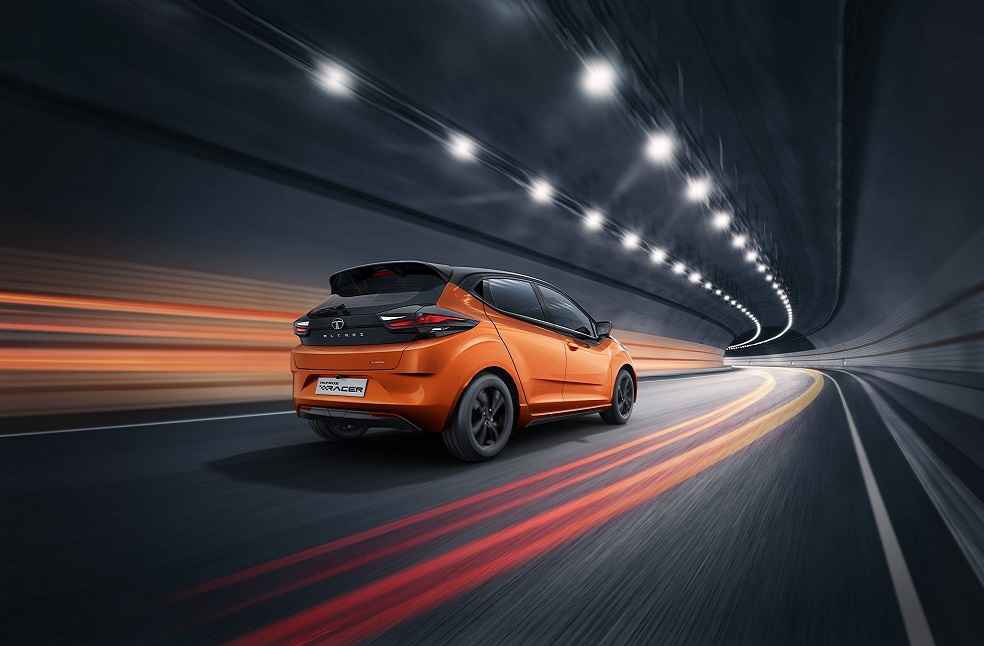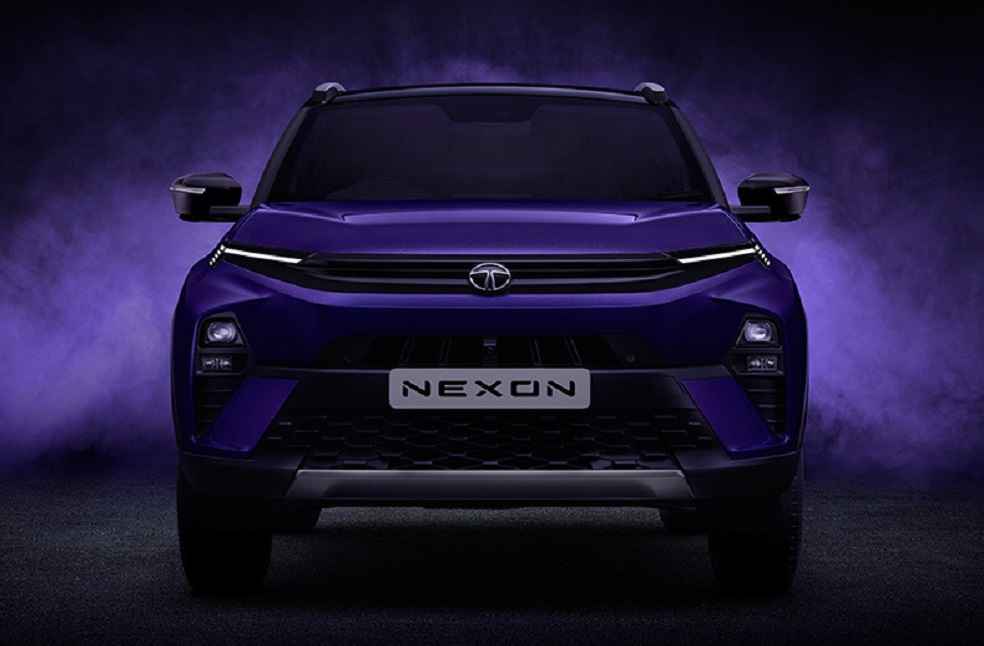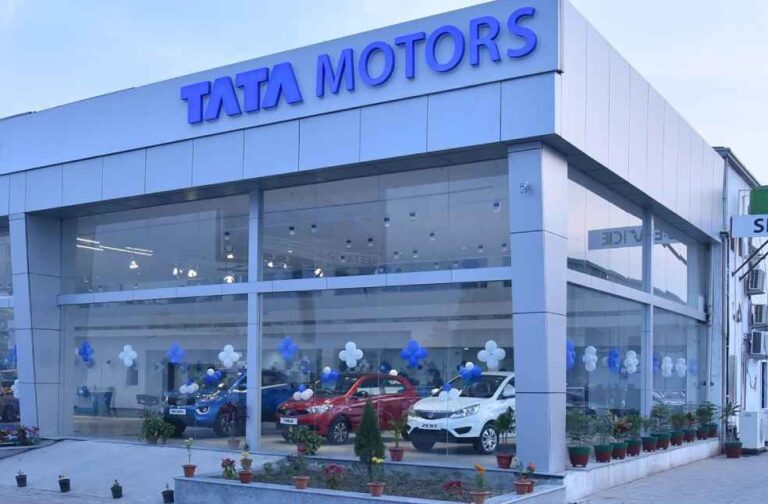Tata Motors, one of India’s premier automotive manufacturers, has announced an increase of up to 2% in the prices of its commercial vehicle lineup, effective from January 1, 2025. This decision comes as the automotive sector grapples with persistent challenges, including elevated global commodity prices and supply chain disruptions.
In its official announcement, Tata Motors underscored the necessity of the price hike, attributing it to rising production costs amid a volatile economic environment. The adjustment will affect its commercial vehicle portfolio, encompassing trucks and buses, which are integral to the logistics and transportation sectors.

The move aligns with a broader trend in the Indian automotive industry. Leading manufacturers, including Maruti Suzuki, JSW MG Motor, and Hyundai Motor India, have also disclosed plans to revise their pricing strategies for 2025. Maruti Suzuki, the country’s largest automaker, will implement a 4% price hike, while JSW MG Motor and Hyundai Motor India plan increases of 3% and up to ₹25,000 per vehicle, respectively.
These price revisions are driven by several critical factors. Persistently high global commodity prices have significantly inflated manufacturing costs. India’s import duties on essential raw materials add further pressure, while ongoing supply chain challenges, exacerbated by the pandemic’s lingering effects, continue to disrupt operations.
Tata Motors’ restrained increase of 2% for commercial vehicles reflects a strategic effort to balance rising production costs with market competitiveness. Notably, the company has taken a slightly different approach with its passenger vehicles, which will see a price increase of up to 3%.

For fleet operators and logistics businesses, the price hike translates into a moderate rise in operational expenses. Industry experts anticipate that transportation companies will need to adjust their budgets accordingly to accommodate these changes.
This wave of price adjustments comes amid a slowdown in sales growth across the automotive sector. After years of steady expansion, Indian automakers are now navigating a more subdued market environment. Many manufacturers are offsetting the impact of rising costs by offering larger discounts and strategically managing dealer inventories.
UPCOMING | Chinese Auto Makers Likely to Skip Bharat Mobility Show 2025 in India





